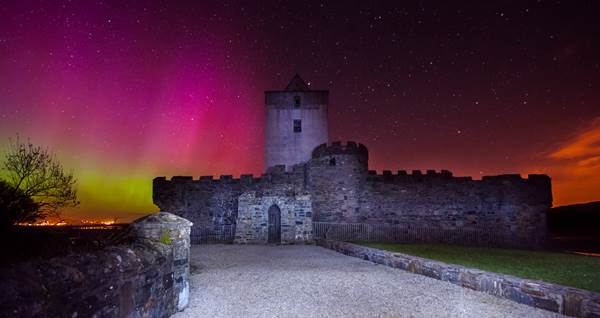EARLY CONNECTIONS BETWEEN DONEGAL AND SCOTLAND
The connections between Donegal and Scotland date back millennia. Dozens of archaeological sites across the modern county confirm the presence of prehistoric hunter/foragers following in the wake of the retreat of the glacial ice sheets.
Fish and seafood formed an important part of the diet of these settlers as they established themselves along the shores of Loughs Foyle and Swilly, which they likely first reached by boat, or ‘island hopping’ from Scotland.
From this point onwards we are regularly reminded by archaeological and then historical evidence how the short sea crossing, though often challenging and rough, could serve as a bridge rather than a barrier to peoples moving in both directions. Thus from an early date migrants from Scotland and their descendants became part of the Donegal population. An enduring bond between the two spaces was forged and sustained by ongoing human migration.
When it comes to the Early Christian period, an obvious connection between Donegal and Scotland can be found in the story of Columba (d. 597). The Gartan-born missionary and scholar has associations with Derry and the island of Iona off the west coast of Scotland where he founded a monastery in 563.
Almost constant toing and froing characterised the human interaction between Scotland and Donegal throughout the Medieval period. When Dónal Óg O Dónaill became lord of the emerging dominant clan in Tyrconnell in 1257 he returned west from Scotland to undertake his inauguration. The same chieftain married a MacDonnell from Argyll, and in the following years galloglaigh mercenaries crossed from western Scotland and some of these took up lands in Donegal, most notably the MacSweeneys.
Doe Castle, ancient seat of the Mac Sweeney Chiefs of Doe, is beautifully situated on an inlet of Sheephaven Bay in north-west Donegal



